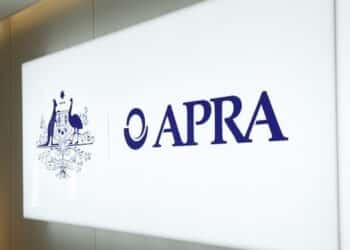APRA has announced its new capital ratio rules for the major Australian banks, putting into practice a key recommendation of David Murray’s 2014 Financial System Inquiry (FSI).
The final report of the FSI recommended the capital ratios of the big four Australian banks should be set at “unquestionably strong” levels.
The recommendation was adopted by the Turnbull government and has now been implemented by APRA.
Under APRA’s new rules, the four major Australian banks will be required to hold core equity tier 1 (CET1) capital ratios of at least 10.5 per cent – up from the current 9.5 per cent.
S&P Global Ratings has released a statement saying there will be “no immediate impact on any of its ratings on banks in Australia” as a result of the increased capital requirements.
“The expected increase in capital should support Australian major banks’ creditworthiness, in our view,” said S&P.
Moody’s Investors Service said it had already factored the new capital ratio into its current credit rating for the banks.
APRA said it will set prudential standards to achieve the 10.5 per cent CET1 ratios by effectively increasing capital requirements by the equivalent of 150 basis points.
Authorised deposit-taking institutions (ADIs) outside the big four will be required to increase their capital ratios by 50 basis points, said APRA.
APRA’s decision to increase major bank capital ratios to 10.5 per cent was broadly in line with market expectations and saw the share prices of CBA, NAB, ANZ and Westpac increase between 3 and 4 per cent on Wednesday.
All ADIs will be expected to meet the new capital benchmarks by 1 January 2020.







